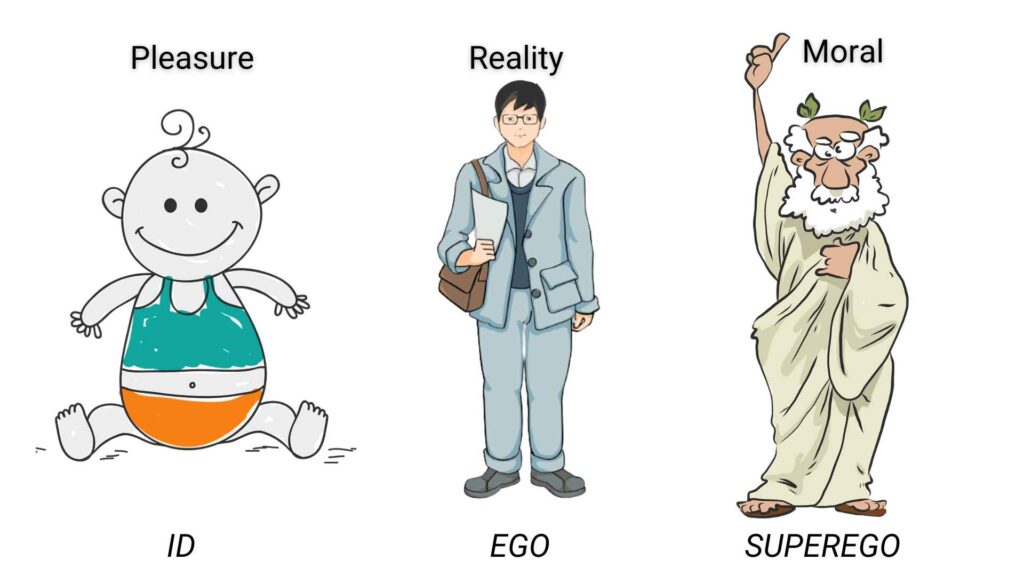यौन स्वास्थ्य के सभी पहलुओं के लिए व्यापक जानकारी प्राप्त करें और अपने यौन कल्याण को सशक्त बनाने के लिए संसाधन और मार्गदर्शन खोजें।
The underlying cause as well as the severity of pain determine the varied treatment approaches…
यौन स्वास्थ्य के सभी पहलुओं के लिए व्यापक जानकारी प्राप्त करें और अपने यौन कल्याण को सशक्त बनाने के लिए संसाधन और मार्गदर्शन खोजें।
The underlying cause as well as the severity of pain determine the varied treatment approaches…
Feeling nervous about sexual performance, known as Sexual Performance Anxiety (SPA), is pretty common. But…
Erectile dysfunction (ED) is a condition that many men face at some point in their…
Erectile dysfunction (ED) is a common condition that affects millions of men worldwide, causing distress…
Erectile dysfunction (ED) is a common condition that affects men of all ages, impacting their…
Erectile dysfunction (ED) means having trouble getting or keeping an erection that’s good enough for…
Assertiveness is a crucial skill that enhances communication, reduces stress, and promotes self-confidence. It enables…
सिगमंड फ्रायड के व्यक्तित्व के प्रसिद्ध सिद्धांत ने सुझाव दिया कि मानव मानस में तीन अलग-अलग लेकिन परस्पर जुड़े हुए तत्व शामिल हैं - आईडी, अहंकार और सुपरईगो। This tripartite model explains the complexities of human behavior and mental processes. It illustrates the dynamic interactions between instinctual drives, reality, and moral standards.
The three parts develop at different stages in our lives and play unique roles in personality. But they work together to form a whole and contribute to an individual’s behavior.
विषयसूची
विषयसूचीFreud’s psychoanalytic theory states that the id is the primal and instinctual part of the psyche. The id harbors sexual and aggressive impulses as well as concealed memories. The super-ego acts as a moral compass. The ego functions as the practical component. It negotiates between the id’s impulses and the super-ego’s ethical considerations.

The earliest part of the personality to manifest is the id.
The id is present at birth and runs purely on wants and desires. It exists in our unconscious mind and represents our biological, instinctual urges.

Newborns have a fully developed Id, which drives them to seek out their basic needs, such as food, in order to survive.
Motivated solely by the pleasure principle (i.e., “if it feels good, do it”), the id operates stubbornly, and any unfulfilled desires result in tension.
Freud held the view that our most fundamental nature is as primal as that of any animal, with basic impulses such as hunger, thirst, aggression, and lust.

एक अचेतन इकाई होने के नाते, आईडी एक शिशु अवस्था में रहती है, वास्तविकता के लिए किसी भी विचार से रहित होती है, और तर्कहीन व्यवहार करती है। अहंकार और प्रतिअहंकार आईडी के व्यवहार को नियंत्रित और विनियमित करने के लिए उभरते हैं।
सुपरईगो 3 और 5 साल की उम्र के बीच फ्रायड के मनोवैज्ञानिक विकास के फालिक चरण के दौरान विकसित होता है। यह मुख्य रूप से हमारे अचेतन मन में रहता है लेकिन हमारे चेतन विचारों को प्रभावित करने की क्षमता रखता है।

It encompasses the moral principles we learn during childhood, including values, rules, and expectations absorbed from our society, culture, and family, and it maintains a sense of morality.
The Superego comprises two essential elements: the conscience and the ideal self.
It serves as our “inner voice,” which informs us when we have done something wrong and punishes us through feelings of guilt and shame.
On the other hand, the ideal self establishes the rules and standards of proper behavior we should follow as members of society, rewarding good conduct with feelings of pride.

उदाहरण के लिए, एक छात्र परीक्षा के लिए अध्ययन करना भूल जाता है और पड़ोसी छात्र को धोखा देने के लिए ललचाता है। भले ही पकड़े जाने की संभावना कम है, सुपरईगो धोखा देने की इच्छा को दबा देगा क्योंकि वह मानता है कि यह गलत है।
According to Freud, the Ego represents our conscious self and acts as the mediator between the impulses of the Id and the moral reasoning of the Superego.
The Ego develops from the Id and ensures that its impulses are expressed in socially acceptable ways, guided by the “reality principle.”
This principle prompts the Ego to find realistic solutions to satisfy the Id’s desires while functioning within society’s norms and rules, such as through delaying gratification or compromise.
अहंकार की तर्कसंगत सोच, जिसे माध्यमिक प्रक्रिया सोच कहा जाता है, समस्या-समाधान और वास्तविकता-परीक्षण को सक्षम बनाती है, जिससे व्यक्ति को आत्म-नियंत्रण बनाए रखने में मदद मिलती है। हालाँकि, आईडी की तरह, अहंकार भी आनंद चाहता है लेकिन यथार्थवादी तरीके से, नैतिकता से संबंधित नहीं बल्कि नकारात्मक परिणामों से बचते हुए आनंद को अधिकतम करने और दर्द को कम करने पर ध्यान केंद्रित करता है।

फ्रायड की एक घोड़े के रूप में आईडी और सवार के रूप में अहंकार की सादृश्यता दर्शाती है कि अहंकार दिशा और मार्गदर्शन प्रदान करता है, जैसे सवार घोड़े की चाल को नियंत्रित करता है। अहंकार के प्रभाव के बिना, आईडी लक्ष्यहीन रूप से भटकती रहेगी और सामाजिक परंपराओं की परवाह किए बिना अपने आवेगों पर कार्य करेगी।
फ्रायड के अनुसार, अचेतन मन में Id और Superego होते हैं, जो चेतन मन के अहंकार पर प्रभाव डालने की होड़ में लगातार एक-दूसरे के विरोध में रहते हैं।
A psychologically balanced individual is capable of moderating the impacts of the Id and Superego.
At the same time, an unhealthy person may experience an overactive Id or Superego that they are unable to satisfy. This leads to mental health issues such as anxiety.

The Id and Superego are frequently depicted as the classic angel and devil on cartoon characters’ shoulders, with the Ego becoming vulnerable and confused if one holds more sway than the other.
These ongoing internal struggles cause us to experience tension and angst, resulting in anxiety that can be assuaged by सुरक्षा तंत्र. फ्रायड ने रक्षा तंत्र को अवचेतन विचारों और व्यवहारों के रूप में वर्णित किया है जिनका उपयोग हम आईडी और सुपरईगो के बीच संघर्ष को कम करने के लिए करते हैं।
Related: Defense Mechanisms: All You Need To Know
Freud’s model of the tripartite personality has significant clinical implications. Understanding the id, ego, and superego provides insights into various psychological disorders and informs therapeutic approaches in psychoanalysis.
Freud’s tripartite model of the id, ego, and superego offers a comprehensive framework for understanding the complexities of human behavior and mental processes. By examining the interactions and conflicts between these three components, we gain valuable insights into the dynamics of personality and the roots of psychological distress.
एमबीबीएस और एमडी डिग्री वाली मेडिकल डॉक्टर डॉ. निष्ठा पोषण और कल्याण के प्रति गहरी रुचि रखती हैं। शारीरिक और मानसिक स्वास्थ्य के साथ महत्वपूर्ण संघर्षों से भरी उनकी व्यक्तिगत यात्रा ने उन्हें अनगिनत व्यक्तियों के सामने आने वाली चुनौतियों के प्रति एक अद्वितीय सहानुभूति और अंतर्दृष्टि प्रदान की है। अपने स्वयं के अनुभवों से प्रेरित होकर, वह व्यावहारिक, साक्ष्य-समर्थित मार्गदर्शन प्रदान करने के लिए अपनी पृष्ठभूमि का लाभ उठाती है, जिससे दूसरों को समग्र कल्याण प्राप्त करने के रास्ते पर सशक्त बनाया जा सके। डॉ. निष्ठा वास्तव में मन और शरीर के अंतर्संबंध में विश्वास करती हैं। वह जीवन में संतुलन और खुशी प्राप्त करने की दिशा में एक महत्वपूर्ण कदम के रूप में इस संबंध को समझने के महत्व पर जोर देती है।

